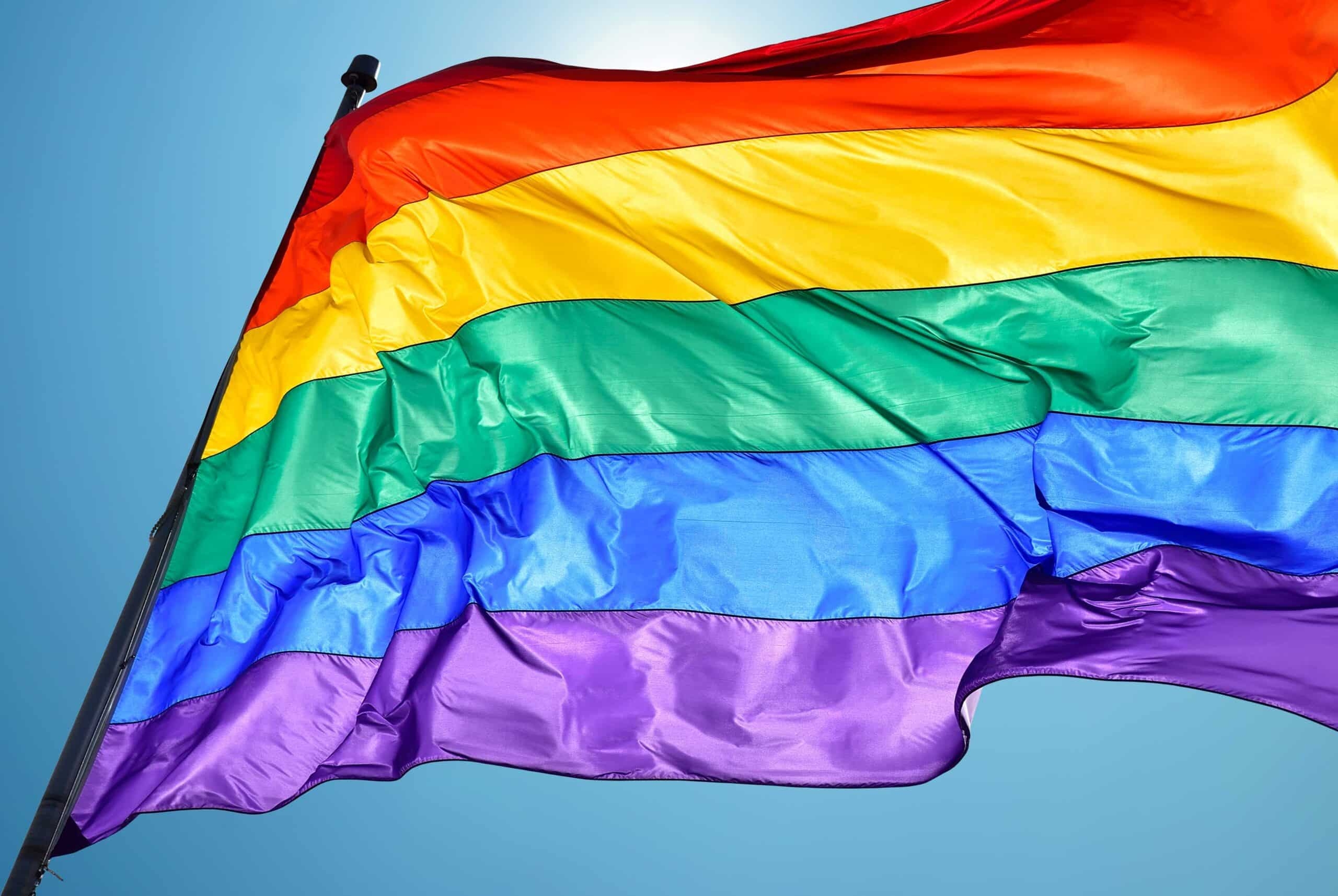The rainbow flag is a symbol of LGBTQ+ pride and diversity. It was first created in 1978 by artist and activist Gilbert Baker. The flag has since become a powerful and recognizable symbol of the LGBTQ+ community, representing unity, acceptance, and equality.
Each color of the rainbow flag holds a specific meaning and significance. The flag is made up of six colors, each representing different aspects of diversity and inclusion. Let’s take a closer look at the rainbow flag colors and what they symbolize.
Rainbow Flag Colors
The first color of the rainbow flag is red, which represents life. Red is a symbol of passion, love, and vitality. The second color is orange, symbolizing healing and harmony. Orange represents the energy and warmth of the sun, bringing positivity and happiness.
Yellow is the third color of the rainbow flag, symbolizing sunlight and happiness. Yellow is a color of optimism and joy, bringing light and positivity to those who see it. Green represents nature and growth, symbolizing harmony and balance in the world.
The fifth color of the rainbow flag is blue, representing serenity and peace. Blue is a calming color that brings a sense of tranquility and stability. Finally, purple symbolizes spirit and diversity. Purple is a color of creativity and individuality, celebrating the uniqueness of each individual within the LGBTQ+ community.
Together, these colors create a vibrant and powerful symbol of LGBTQ+ pride and unity. The rainbow flag continues to be an important symbol of the fight for equality and acceptance for all individuals, regardless of their sexual orientation or gender identity.
In conclusion, the rainbow flag colors hold deep meaning and significance within the LGBTQ+ community. Each color represents a different aspect of diversity, inclusion, and pride. The flag serves as a powerful symbol of unity and acceptance, reminding us to celebrate and embrace the uniqueness of all individuals.
